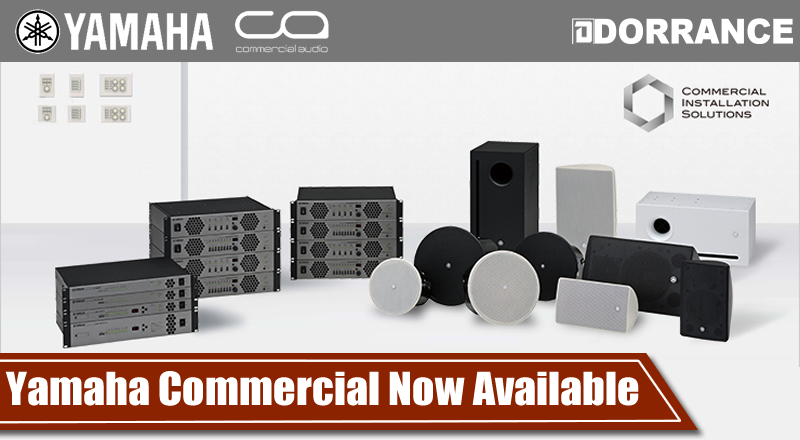Enabling Seamless Offsite Camera Control for Your Mobile Software
Wiki Article
Enabling smooth distant camera control in mobile applications has become increasingly important within the current digital landscape. With cellular tech continues to evolve, the need of applications that enable users to manage photographic functions remotely is increased. Such capability enables a range of functionalities, from taking images & recording videos and joining in video calls, entirely at a distance. By ensuring the fact distant photographic access is both efficient but also user-friendly, developers are able to build more engaging and versatile apps which satisfy user needs.

In order to achieve smooth distant photographic control, programmers need to take into account the technological elements of cellular OS systems. Both Android and iOS platforms provide specific APIs which enable applications for interact to the device's camera features. These APIs give a framework for accessing camera features & options, including image quality and focus. Developers must familiarize themselves to the resources so as to effectively implement remote access functions. Grasping the distinctions among platforms is crucial, as it guarantees the the app delivers consistent performance across different gadgets.
Safety is another critical aspect in the process of enabling remote photographic control. Individuals must feel confident their personal information is safeguarded as they use the application. Implementing secure verification techniques, like two-factor authentication or biometric authentication, may help safeguard consumer information. Furthermore, developers must ensure the fact photographic access requests are clear & that users maintain authority on which applications are allowed to use their camera access. Through emphasizing security, developers are able to foster trust & promote more users to embrace their apps.
User experience design plays a crucial part in how effectively distant photographic control can be used within cellular apps. A well-designed user interface must be user-friendly and straightforward, enabling individuals for move through camera features easily simplicity. Including clear guidelines & graphic responses can improve the total user experience. Additionally, adaptive design ensures the app the app functions well on different display sizes, rendering it available to a wider user base. By emphasizing the UX, programmers security camera installation for small businesses are able to create apps which are both functional and also pleasurable to the user.
To conclude, unlocking seamless remote photographic control in mobile apps involves a combination of technological skills, safety measures, and user-centered interface design. Through utilizing the appropriate APIs, prioritizing consumer safety, and building a user-friendly user interface, developers can build applications which improve distant camera functions. With tech keeps to advance, the importance of effective remote camera control is likely to continue to increase, presenting new possibilities in advancement within the mobile app development industry. Embracing these advancements visit the website can eventually lead to more empowered users and a more connected environment.